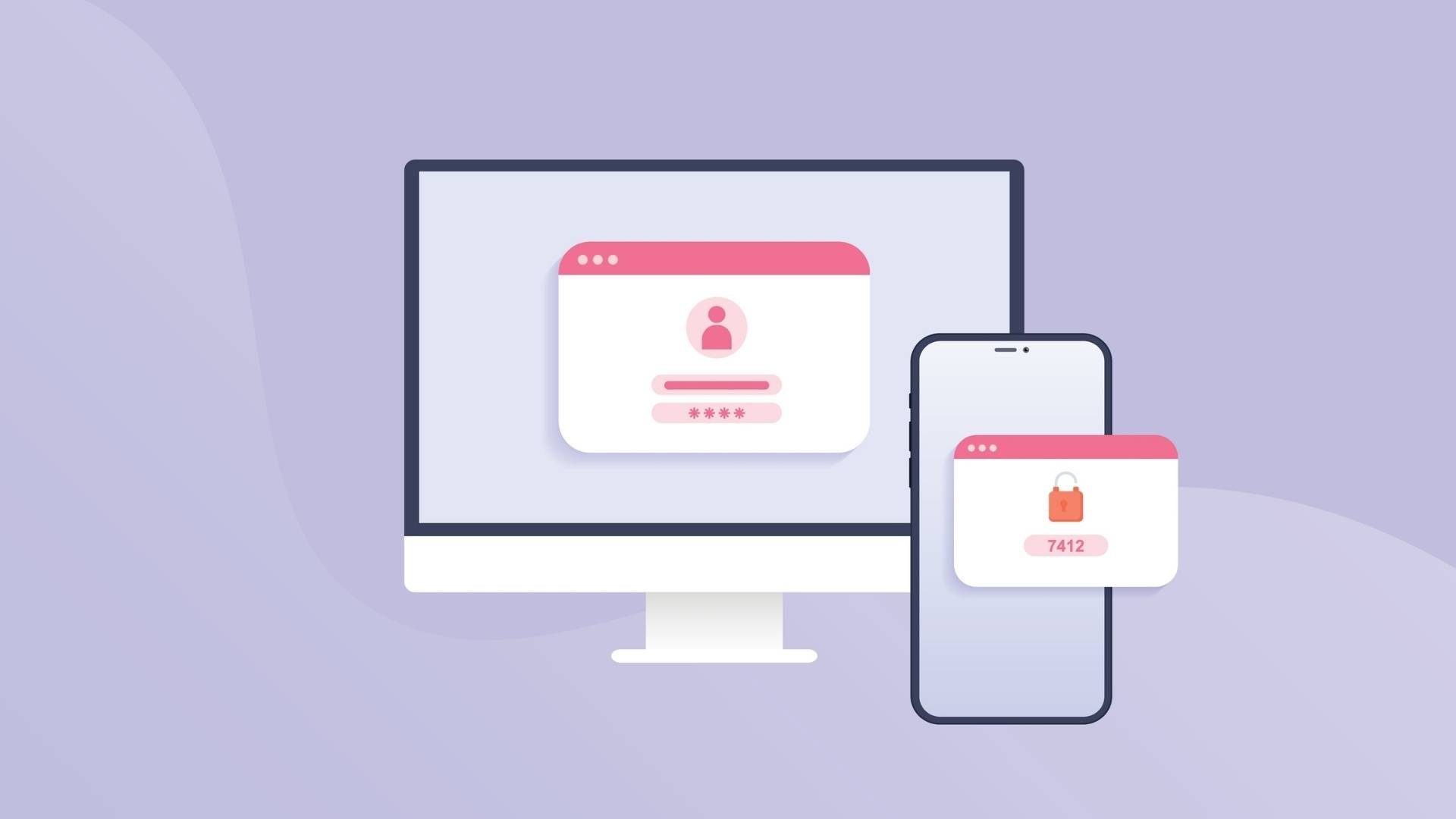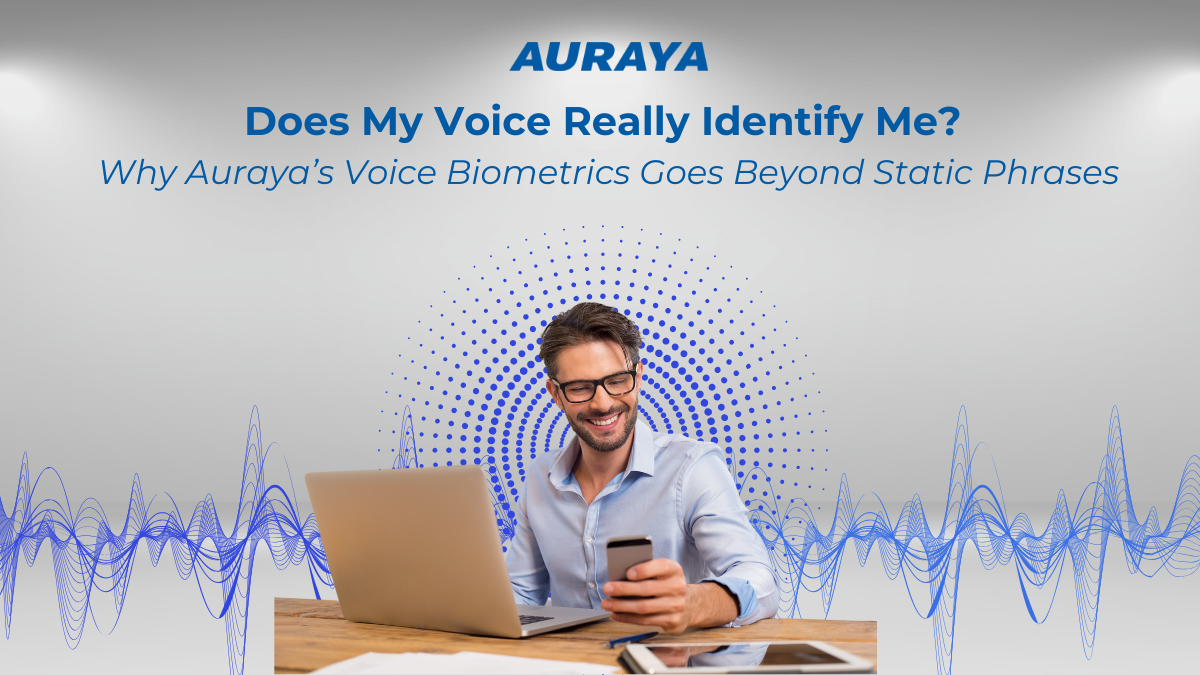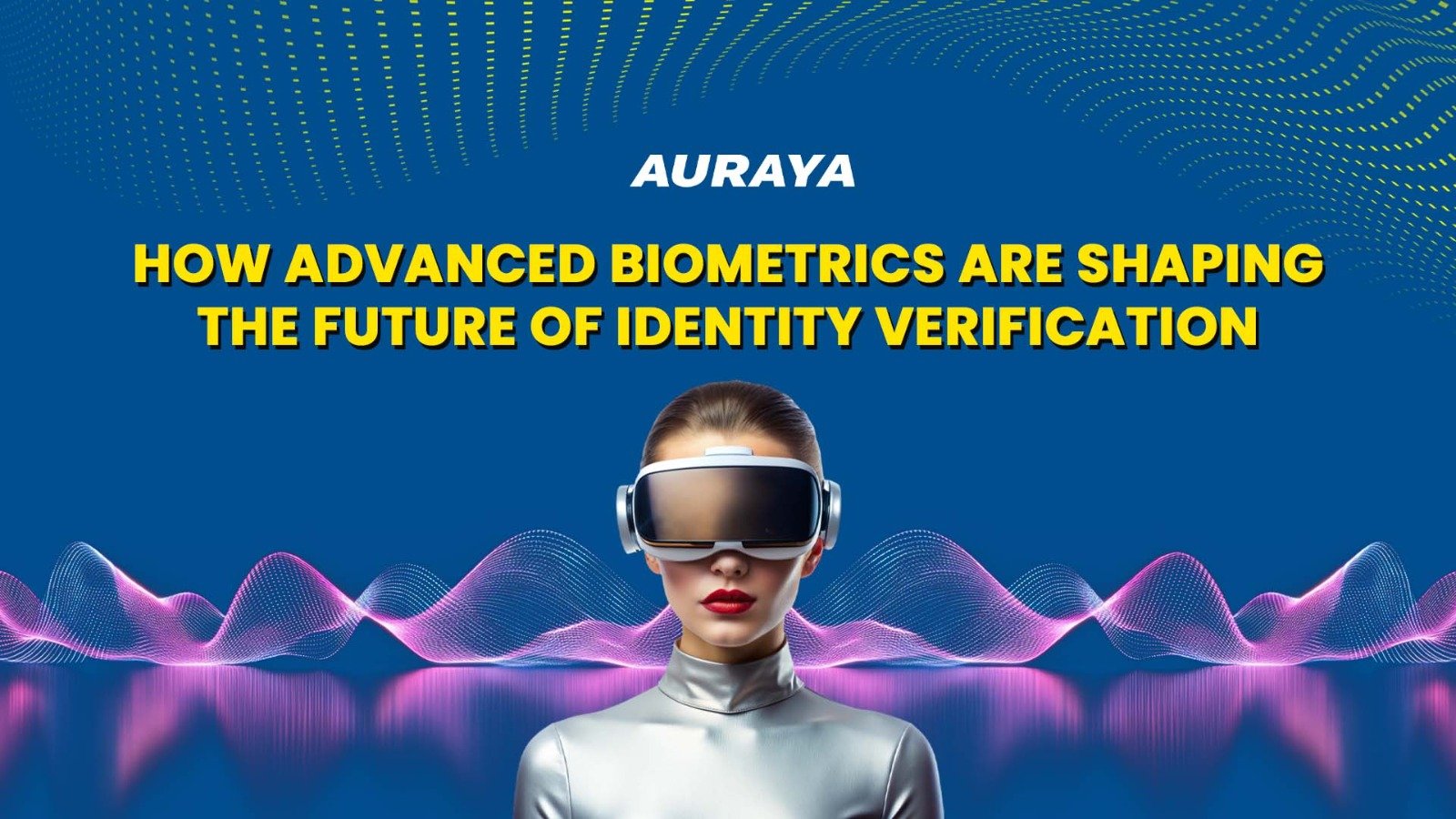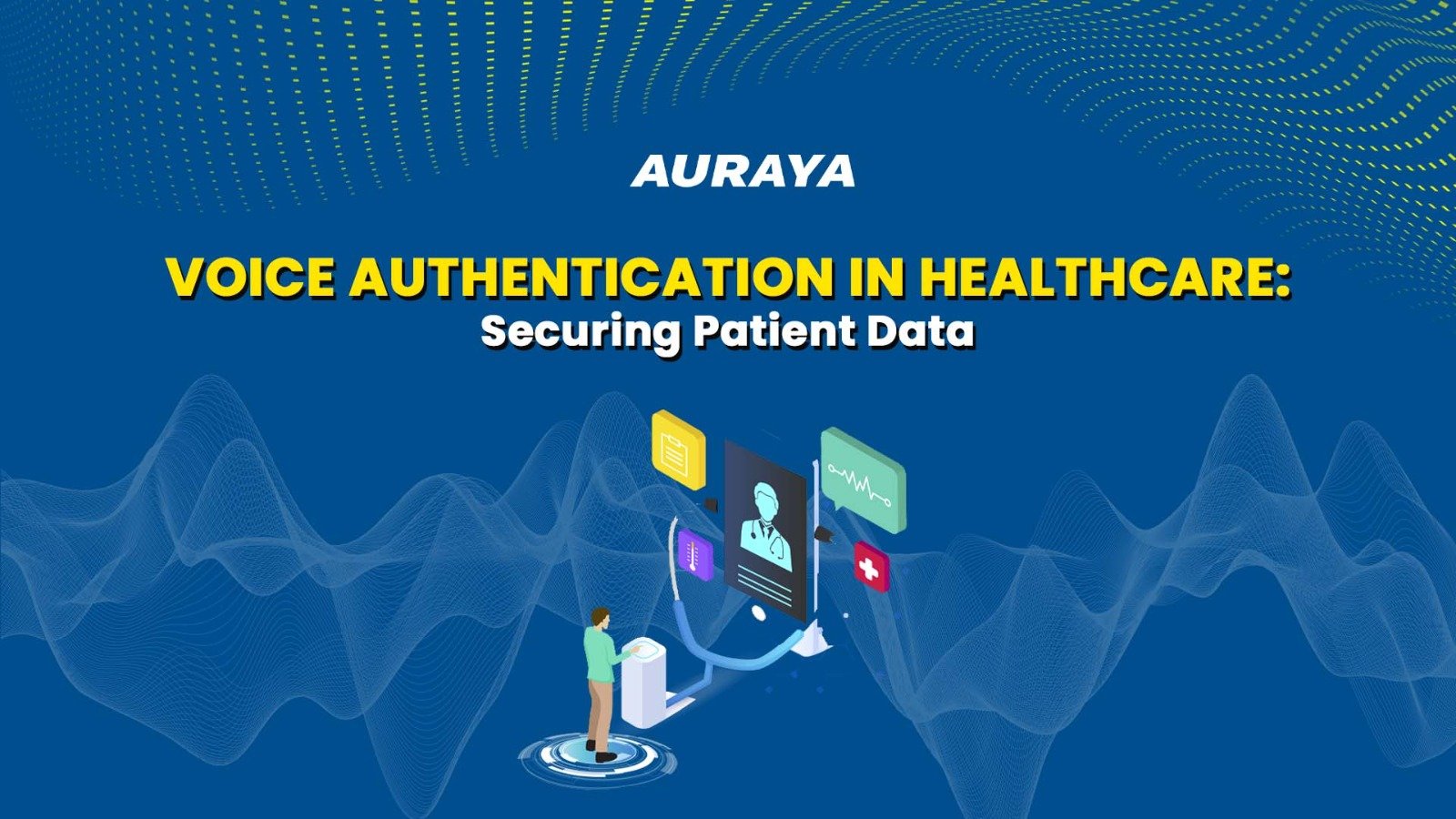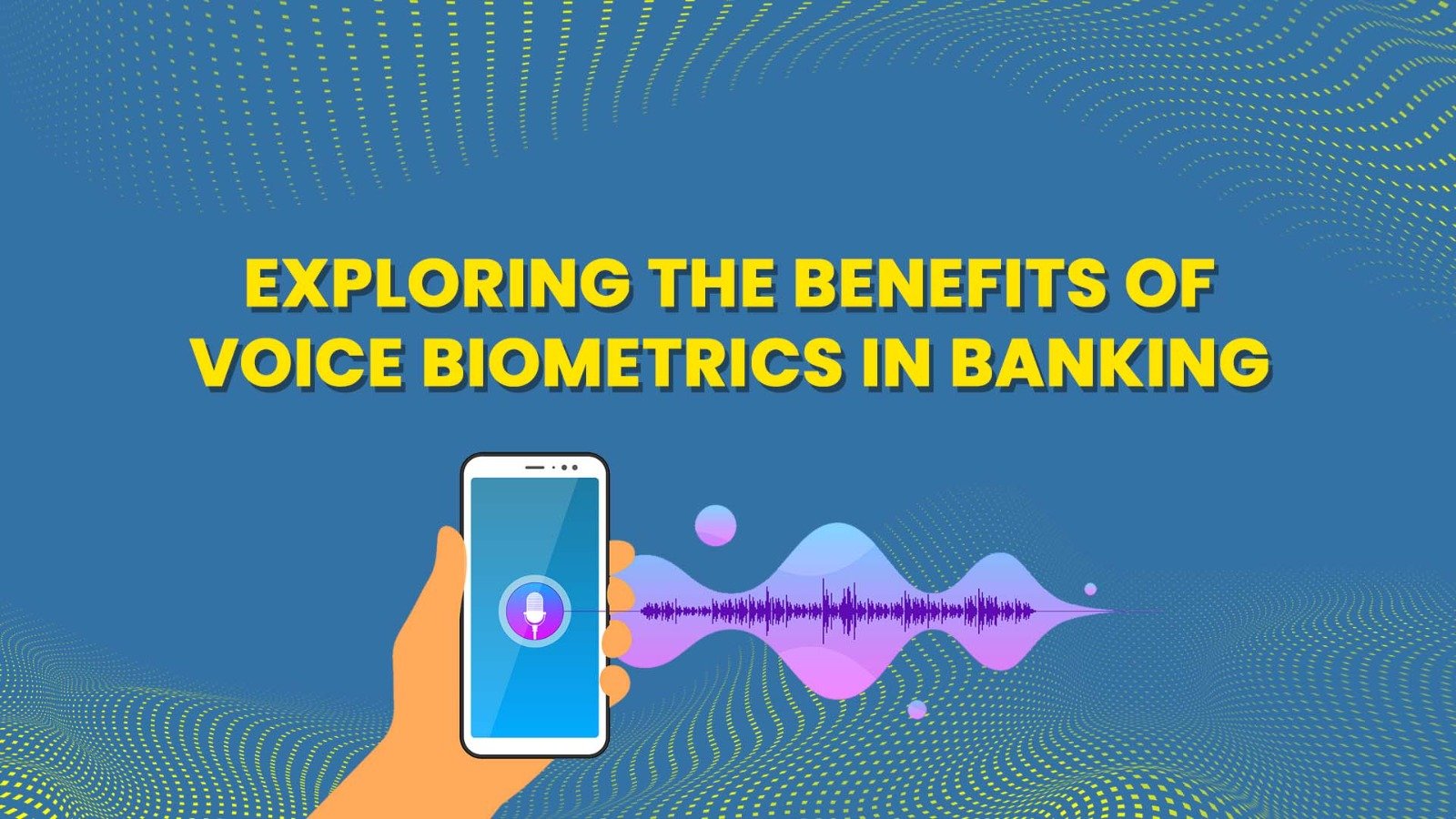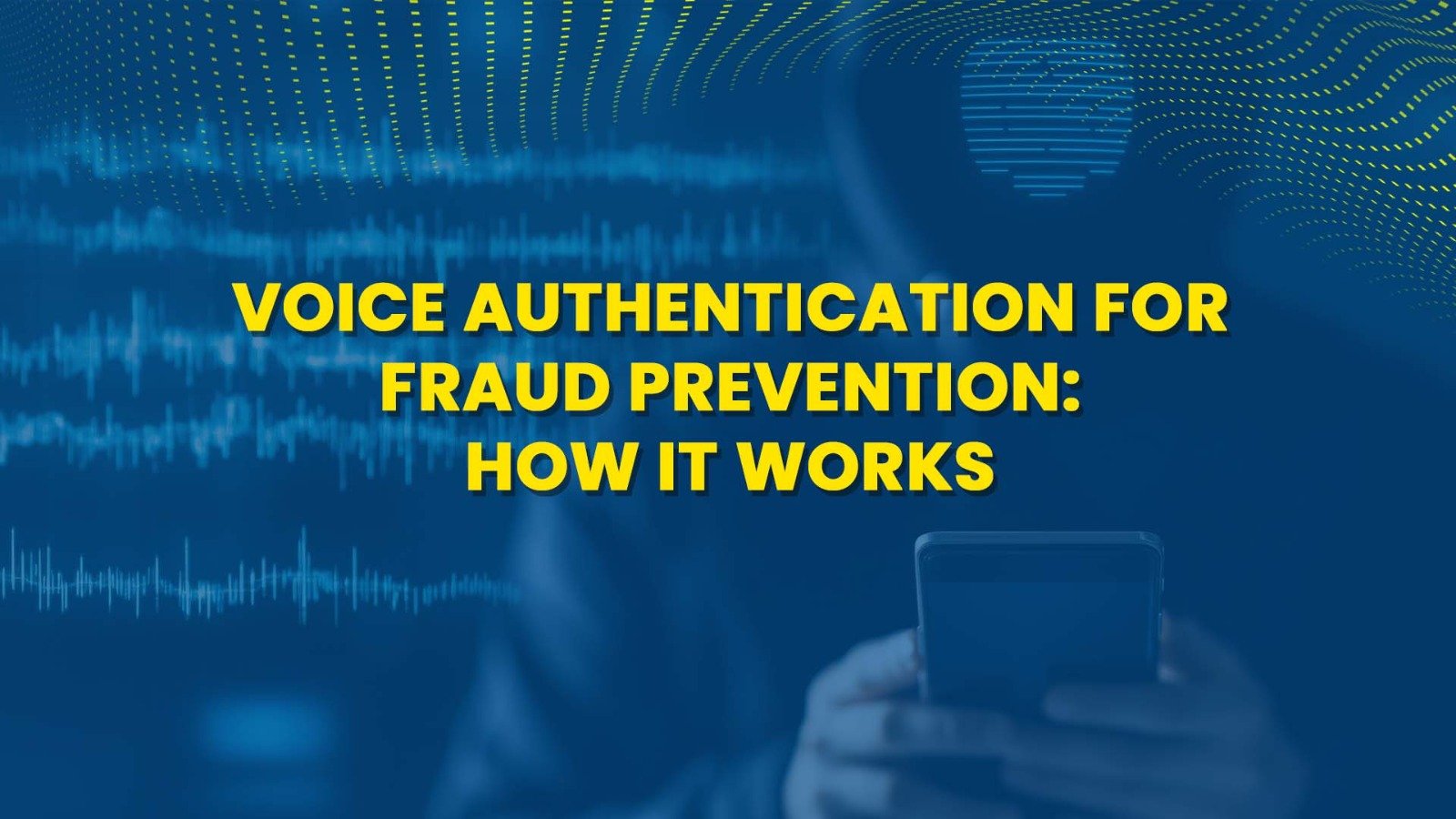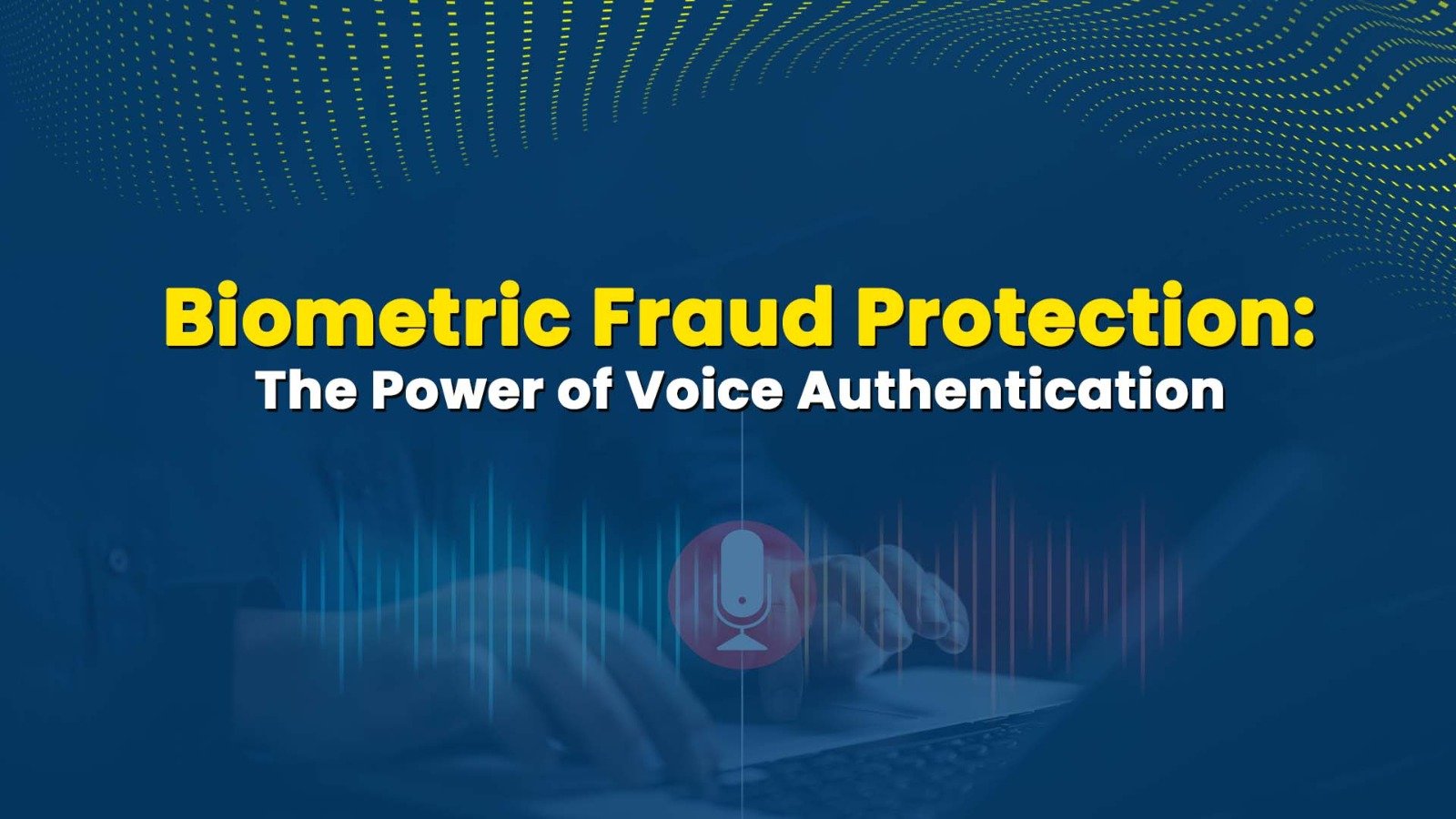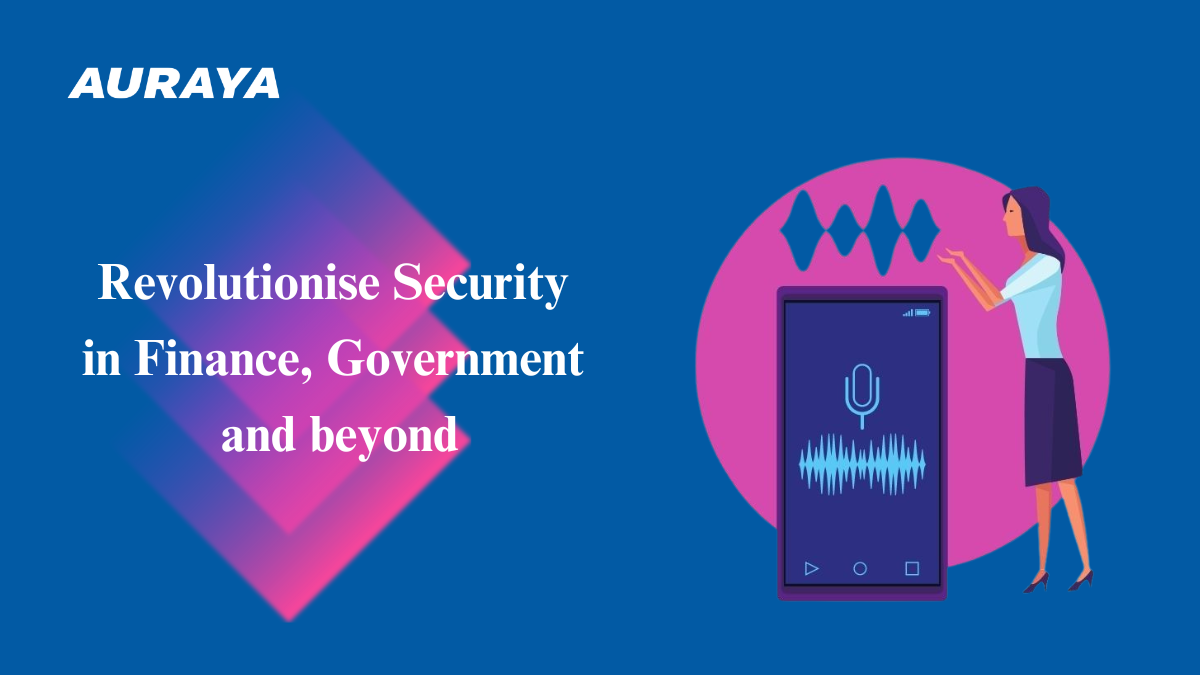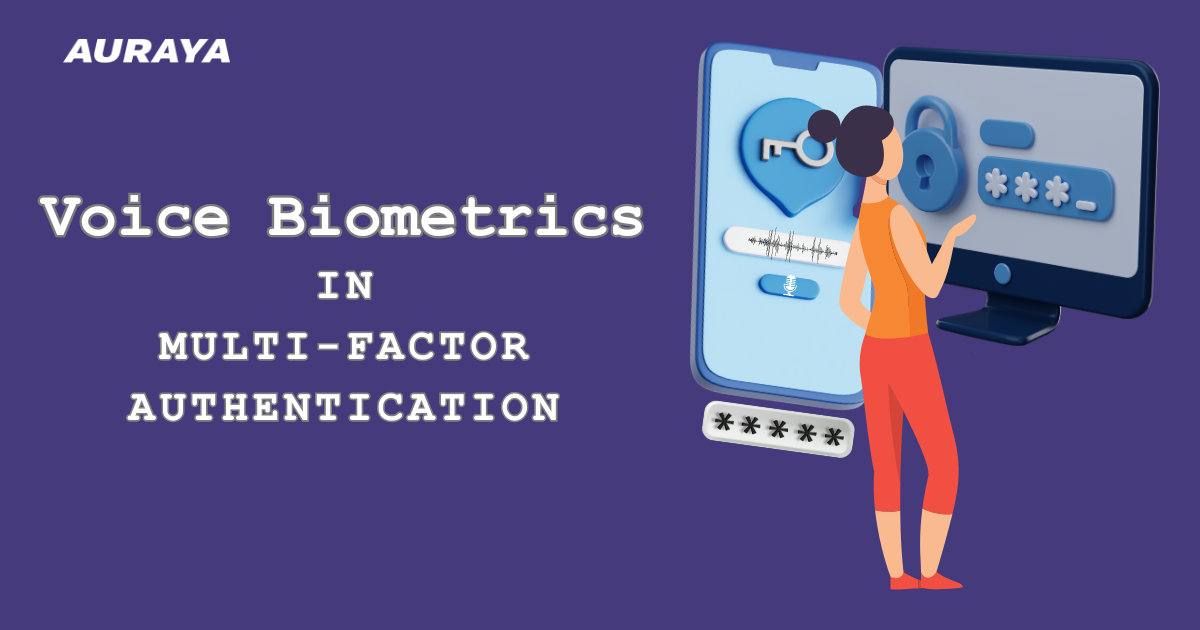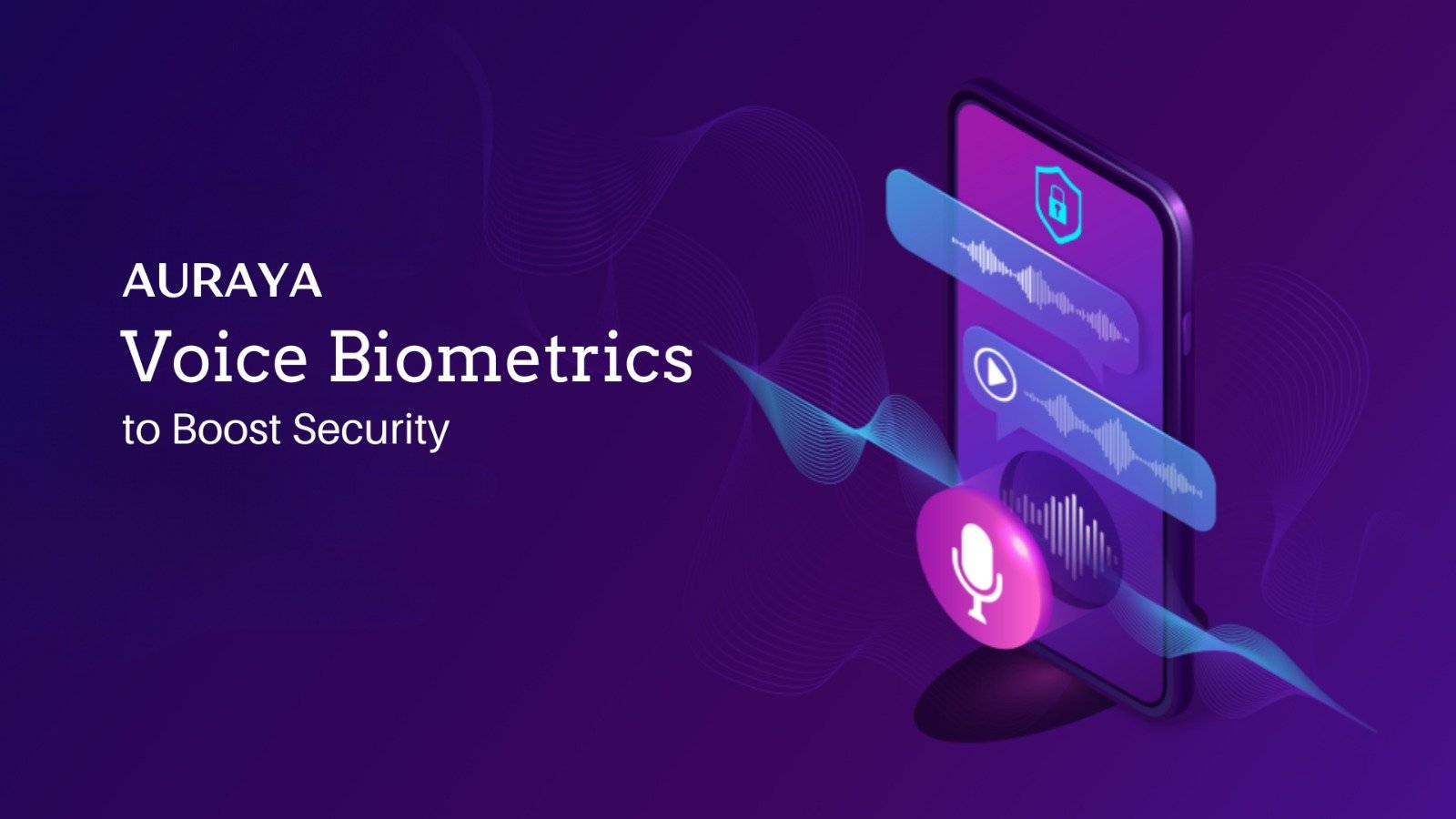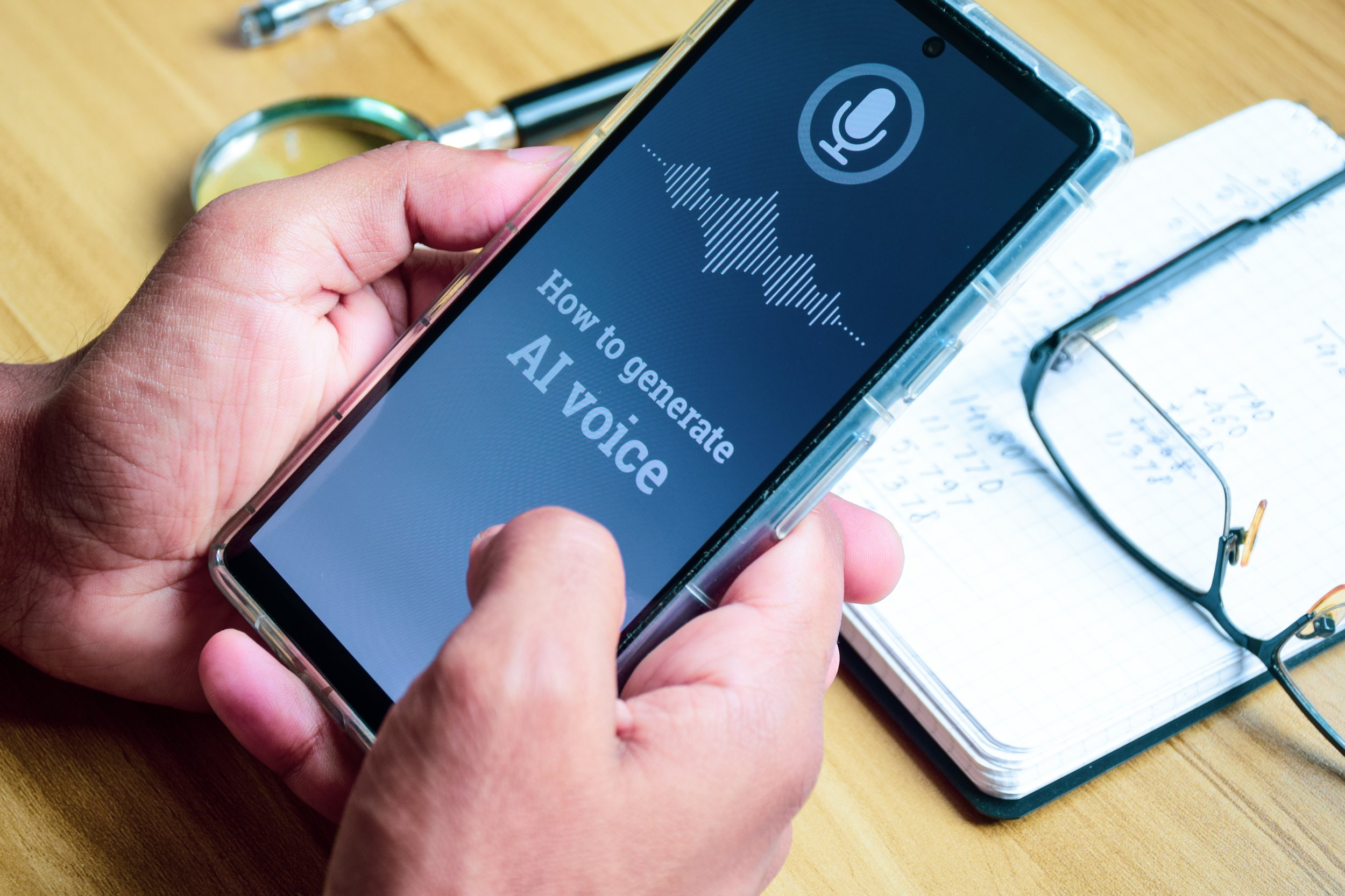Call Centers Moving from Knowledge-Based Authentication to Multi-Factor Authentication
This year saw a lot of movement in the call center authentication space with biometric authentication such as voice biometric becoming a more prominent solution for call center authentication and fraud detection. Notably, call centers are beginning to replace knowledge-based authentication processes with multi factor authentication to better protect against fraud. A recent survey shows that around 17% of contact center security decision makers plan to replace knowledge-based authentication with multi factor authentication. This is an increase of 9% from 2018. The growth in multifactor authentication is influenced by the alarming numbers of account takeover (ATO) attacks taking place in telephony channels. The survey also shows that 51% of financial services respondents believe that telephony channels are a top threat for ATOs with 46% being unhappy with the current authentication methods used today.
To solve this issue and counter fraudulent activity, organizations can implement voice biometrics into their call centers. Auraya’s EVA for Amazon Connect is a voice biometric extension built for cloud-based call centers based on Amazon Connect. EVA uses AWS CloudFormation tools for easy and frictionless deployment so that organizations can start utilizing the benefits of voice identification and voice verification in their call centers within a day. Additionally, organizations can customize their applications using the standard Amazon Connect orchestration resources to modify call flows, functionality, business rules, reporting and agent screen displays. This means that organizations can even verify callers’ identity during the IVR so that agents don’t waste their time authenticating callers. This is a great incentive as the survey shows that 54% of respondents prefer that the authentication process occurs before the call is answered.
Additionally, EVA for Amazon Connect works flawlessly with multi-factor authentication. Firstly, EVA utilizes Auraya’s next generation ArmorVox engine to enroll and verify voiceprints. These voiceprints are then linked to a second factor of identification. This second factor can either be a calling line identification (CLID), mobile phone, account number and so on. This means that even if a caller is calling from someone else’s mobile phone or states someone else’s account number, they will not be successfully verified unless their voiceprint is successfully matched with the one that is tied to these identifiers and stored in the organization’s database.


